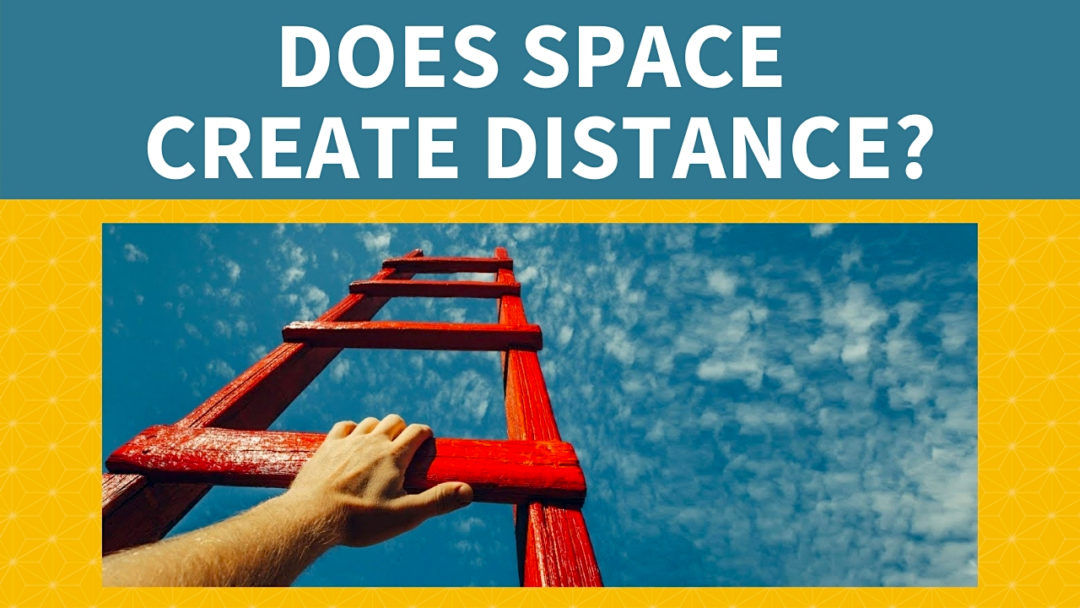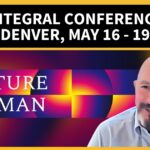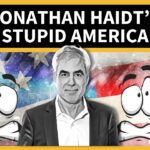Integral practitioners talk a lot about creating a more spacious consciousness, one that includes more of reality. To that end we do things like place people and cultures on maps. We tease apart distinctions, we “transcend and include” and “differentiate and integrate” — all in an effort to increase the resolution of our worldview, as one would zoom into a google map to reveal more of what is already there.
But does creating more space mean we’re creating more distance? Is the process of making distinctions also exacerbating differences? Might all our maps just be holding us in place? This is the jist of a thoughtful question I received from a listener, Kc Daugirdas in LA. He asks:
“This space versus distance thing has been bothering me in all the domains that integral claims to integrate. I’m haunted by the suspicion that in the process of ‘transcending and including,’ we lose something. I’m farther from this, I’m farther from that. So where am I? What am I close to now?”
Ultimately this is a spiritual inquiry and is found at the center of many great religious traditions as the paradox of One and the Many, or the Creator and the Creation, or Emptiness and Form. The teaching calls on us to identify with both the wave and the ocean. As the wave we are a momentary manifestation unique in all of time and space. As the ocean we are all waves simultaneously, as well as the infinite potentiality of waves. And since we contain everything, whatever we need is already just right there. We differentiate, God integrates.
Part of our evolutionary journey is to have a progressively deeper realization of this great, paradoxical truth. Like all spiritual teachings, it can be absorbed in three ways: it can be understood by the mind (the outer teaching), it can be experienced in the physical and energy bodies (the inner teaching) and then … it can blow you away and deliver you into a re-enchanted world (the secret teaching). Go for the goosebumps!
I end with a tribute to Mary Oliver, a well-loved American poet who died on January 17. She was often heard at integral events I attended, and I came to appreciate her own unique way of capturing the interpenetration of the One in the Many. Here I share a reading of one of her most popular poems, The Summer Day.
VIDEO
AUDIO ONLY
Podcast: Download
Subscribe: Google Podcasts | RSS






